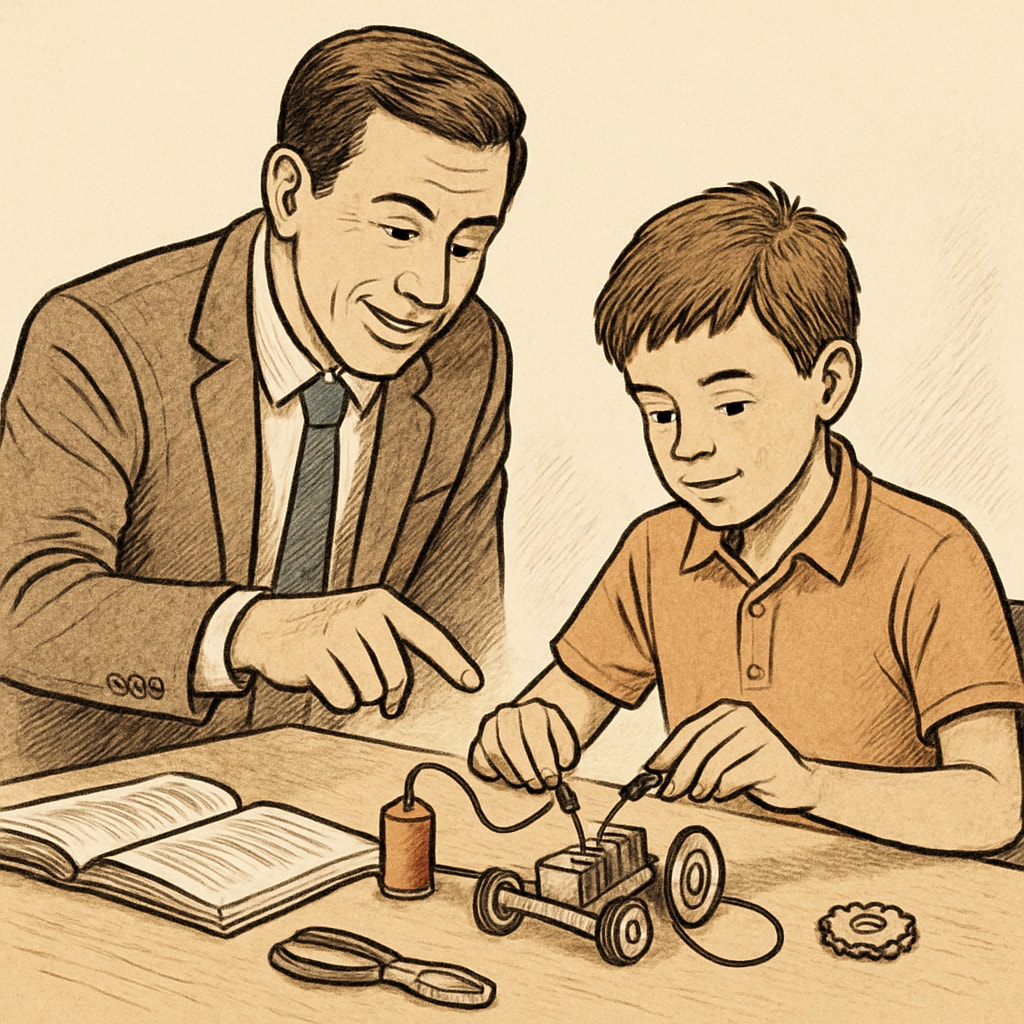Gifted education programs often rely heavily on standardized testing to identify high-potential students. While this approach may streamline the selection process, it unintentionally excludes a significant group of learners—those with ADHD (Attention-Deficit/Hyperactivity Disorder). Despite their remarkable creativity, problem-solving abilities, and unique perspectives, ADHD students are frequently overlooked in these programs due to their struggles with conventional testing formats. This article examines the systemic flaws of current identification methods and calls for a more inclusive approach to recognizing giftedness.
The Limitations of Standardized Testing in Gifted Education
Standardized tests are often viewed as objective tools for assessing intelligence and academic potential. However, they fail to account for diverse learning styles and cognitive profiles, particularly those exhibited by students with ADHD. For instance, ADHD students may struggle with sustained attention, organization, and time management—skills that are crucial for performing well in timed test environments. As a result, their test scores may not reflect their true intellectual capabilities.

Moreover, standardized tests typically prioritize linear thinking and rote memory over creativity and innovative problem-solving. These attributes are often strong suits for ADHD students, who may excel in lateral thinking and unconventional approaches to challenges. By relying solely on standardized testing, gifted education programs inadvertently filter out students who could thrive in environments that value originality and diverse perspectives.
Overlooked Potential: ADHD and Giftedness
It’s a common misconception that ADHD and giftedness are mutually exclusive. In reality, many ADHD students exhibit traits aligned with giftedness, such as exceptional creativity, curiosity, and the ability to make complex connections. This phenomenon, known as “twice exceptional” (2e), describes individuals who are both gifted and have a learning disability or neurodivergence.
However, the subtle manifestations of giftedness in ADHD students often go unnoticed because they don’t conform to traditional academic norms. For instance, a student who struggles to focus during lectures might excel in hands-on projects or creative tasks. Unfortunately, most gifted education programs lack the flexibility to accommodate these alternative strengths.

Creating an Inclusive Gifted Education Identification System
To address these gaps, educators and policymakers must rethink how giftedness is identified. Here are some strategies to create a more inclusive system:
- Holistic Assessments: Incorporate multiple evaluation methods, such as portfolios, interviews, and teacher recommendations, to capture a broader range of talents.
- Flexible Criteria: Redefine giftedness to include creativity, emotional intelligence, and problem-solving skills, rather than focusing solely on academic performance.
- Professional Development: Train educators to recognize and nurture the unique strengths of twice-exceptional students.
- Accommodations for ADHD: Modify testing environments to reduce distractions and allow for alternative methods of demonstrating knowledge.
By embracing these strategies, gifted education programs can better serve a diverse population of students, including those with ADHD. As a result, the system will not only identify more high-potential learners but also foster an inclusive environment that celebrates different ways of thinking.
Conclusion: Unlocking Hidden Potential
Gifted education programs have the power to shape future leaders, innovators, and problem solvers. Yet, their reliance on standardized testing risks leaving behind many students who possess extraordinary potential. ADHD students, in particular, deserve recognition for their unique strengths, which often lie outside traditional academic frameworks. By transforming the identification process to be more inclusive and holistic, educators can ensure that no talented student is overlooked. After all, the world needs diverse minds to tackle its most pressing challenges.
Readability guidance: This article uses short paragraphs and lists to enhance readability. Transitions like “however,” “in addition,” and “as a result” ensure smooth flow between ideas. Active voice is prioritized, and long sentences are minimized to maintain clarity.


